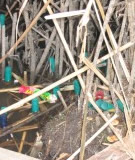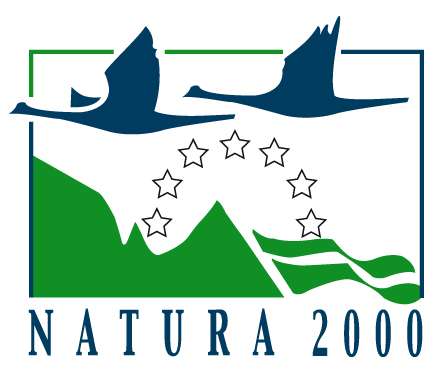


Project objectives
The general aim of this project is to monitor and improve the conservation status of the Lesser White-fronted Goose in the most important breeding, staging and wintering sites. The project aims to implement the actions identified as necessary in the International Action Plan adopted for the species by the European Commission in 1996 to mitigate or eliminate the major threats to the species (high mortality due to hunting and poaching, loss of feeding and roosting sites, increasing human disturbance). The long-term goal of the project is to achieve a favourable conservation status for the Fennoscandian breeding population of the species, whereas the short-term goal is to halt the decline of the target population.
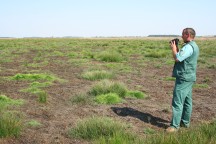
Regular monitoring
is an important
element of the
project (© Szabolcs Lengyel
)
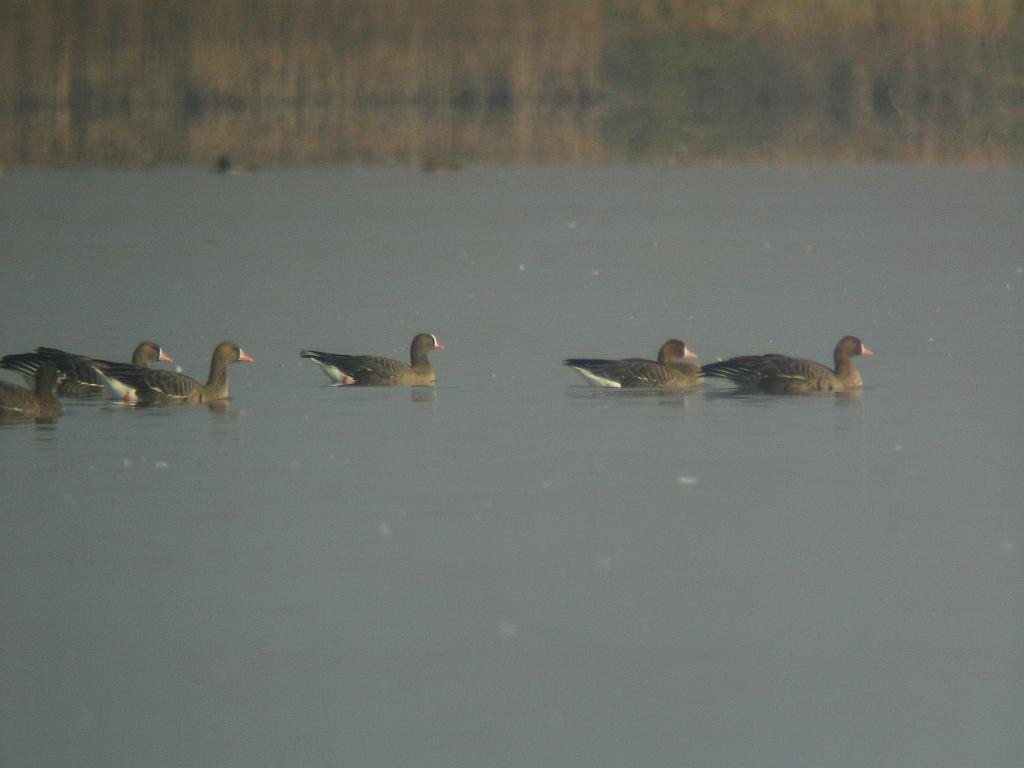
Lesser White-fronted Geese on a fishpond
(© János Tar)
Objectives of the project in Hungary
The aim of the Hungarian part of the project is to provide a safe (hunting-free) staging site for Lesser White-fronted Geese and to increase the number of LWfG that use safe areas and/or the time that LWfG spend in safe areas in the Hortobágy region.
Preliminary studies suggest that survival during migration greatly affects the LWfG population, because population growth was found to be limited by increased mortality caused by hunting/poaching during migration. To increase survival, it is essential that as many LWfG spend as much time in safe (hunting-free) areas as possible. We expect that the direct mortality of individuals can decrease by carrying out habitat management actions that make safe areas more attractive to the geese. If the time spent by LWfG in safe areas increases, their body condition and, ultimately, their survival probability will also increase. Because migrating LWfG spend up to one quarter of the year in the Hortobágy region, it is highly essential that the condition of the habitats used during staging here is as optimal as possible.
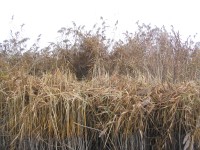
Waterfowl hunting
is popular outside
the National Park:
a hunter's hide
in a reedbed